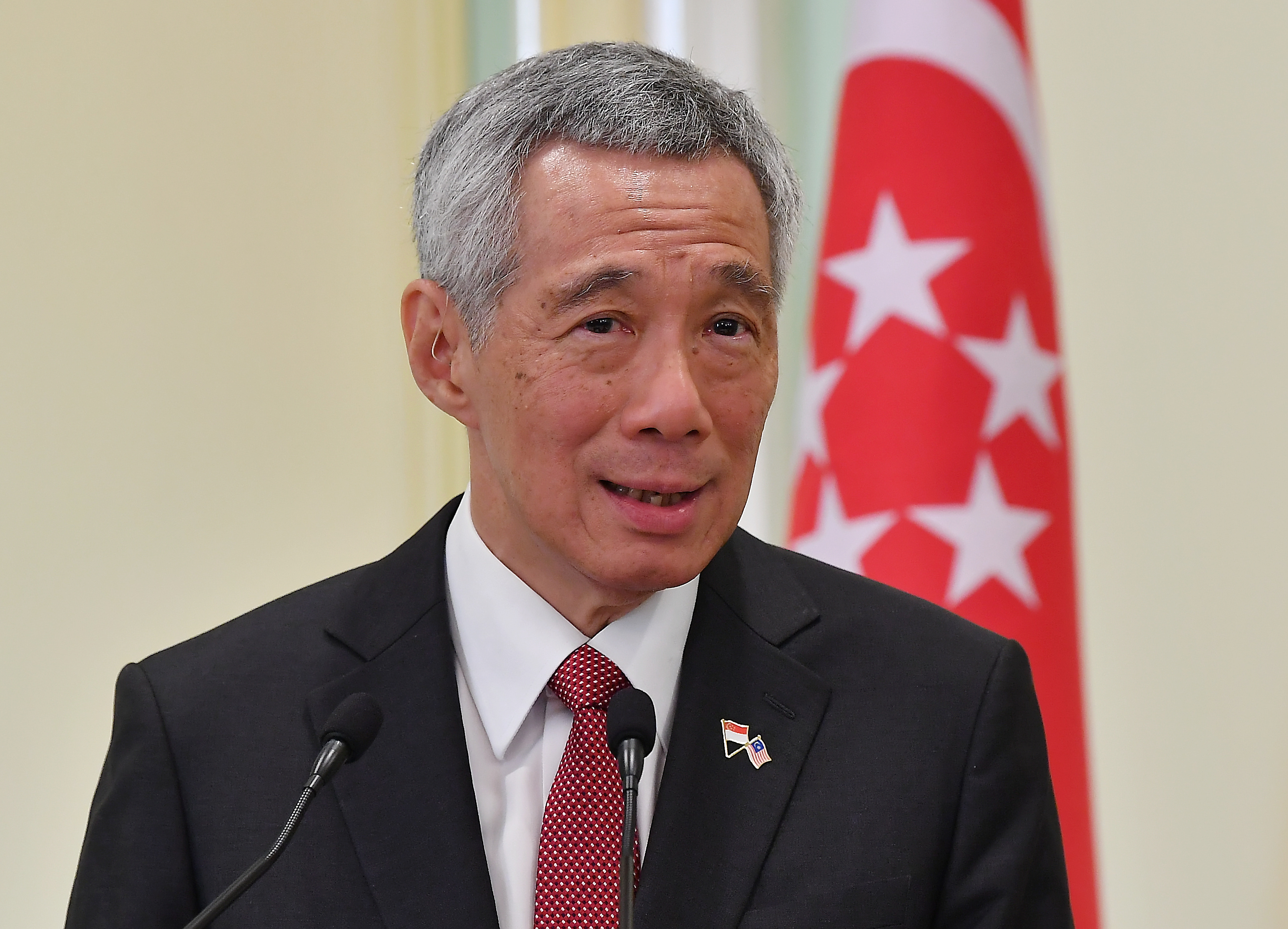By Massita Ahmad
SINGAPORE, April 30 (NNN-BERNAMA) — Singapore Prime Minister Lee Hsien Loong said after bringing down the number of new COVID-19 cases, Singapore can ease the circuit breaker measures, and progressively restart its economy.
“This will not be straightforward. We need to step up COVID-19 testing and speed up contact-tracing. And we must proceed cautiously, with safeguards, so (that) infections do not flare up again,” he said in his May Day Message 2020 which was televised live today.
Singapore kicked in its strict circuit breaker measures on April 7 and scheduled it to end on June 1.
“We have kept essential services going. But the rest of the economy will have to open up step by step, and not all at once. Some industries will open up earlier than others, and recover sooner.
“For example, those critical to keeping our economy going domestically. And those that keep us connected to the world and to global supply chains,” he said.
Other sectors will have to wait, especially those which attract crowds, or involve close contact with other people, such as entertainment outlets and large-scale sporting events.
Lee noted that all these industries must be kept intact, ready to resume business when conditions allow, thus, “this demands close cooperation between companies, workers and the government.”
“Most likely, tourism and aviation will take much longer to recover than other sectors because international travel will remain restricted as long as COVID19 is still a problem around the world,” he said.
Lee acknowledged that the pandemic has taken a heavy toll on the global economy with the International Monetary Fund (IMF) projects the steepest decline of global Gross Domestic Product (GDP) since the Great Depression in the 1930s.
“As an open economy, Singapore has felt the full brunt of this downturn. Trade and investment, our lifeblood, have been disrupted. Without help, good companies, big and small, will go out of business, and many workers will lose their jobs.
“Governments all over the world are spending large sums to prevent their economies from collapsing and to take care of their peoples,” he said, adding that the Singapore government has done so too, through the Unity, Resilience, and Solidarity Budgets, S$60 billion all together.
Updating on the COVID-19 situation, Lee said: “In Singapore, it is nearly a month since we imposed our circuit breaker. We are now down to about 10-15 new community cases daily. We have made significant progress, but we have more to do.”
As at 12 noon today, Singapore reported 528 new cases of COVID-19 infections, thus, bringing the tally to 16,169 cases.
From Wednesday’s tally of 15,641, Singapore classified 1,192 as community cases, 571 imported cases, and 524 cases involving work permit holders not residing in dorms.
Foreign workers at dorms, meanwhile, dominated the tally by about 85 per cent or 13,354 cases, with most cases showing mild symptoms.






